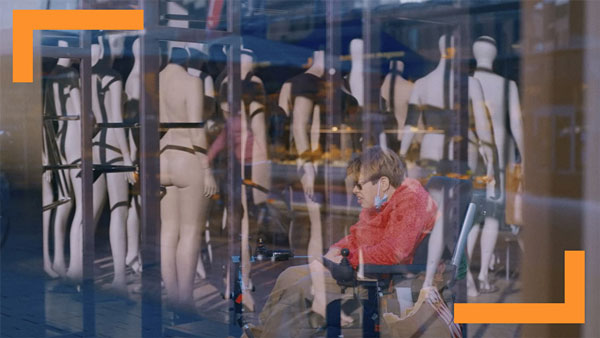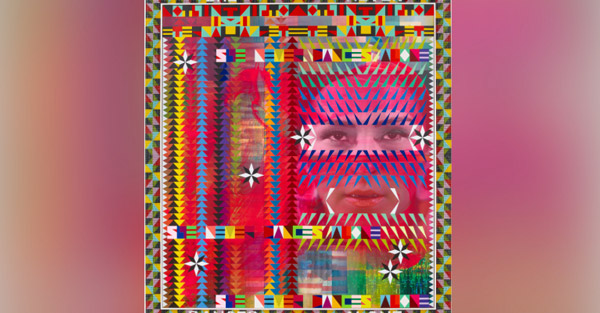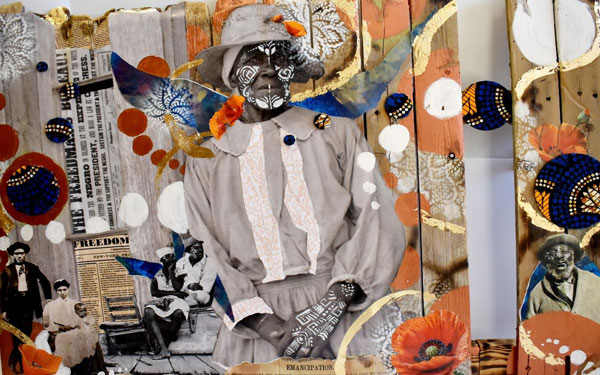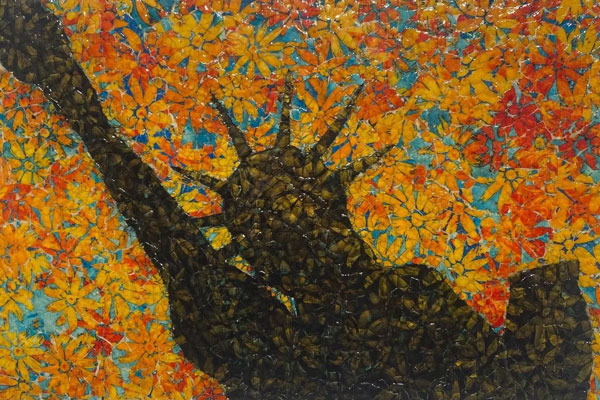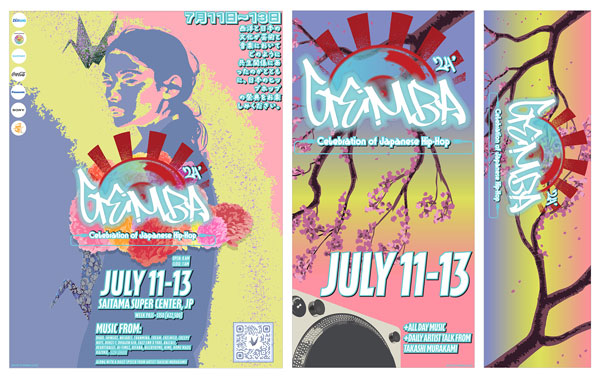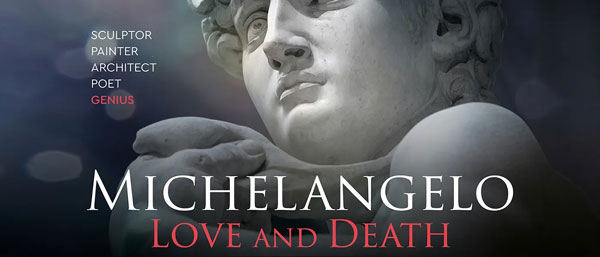By Shen Shellenberger, JerseyArts.com
originally published: 11/02/2017
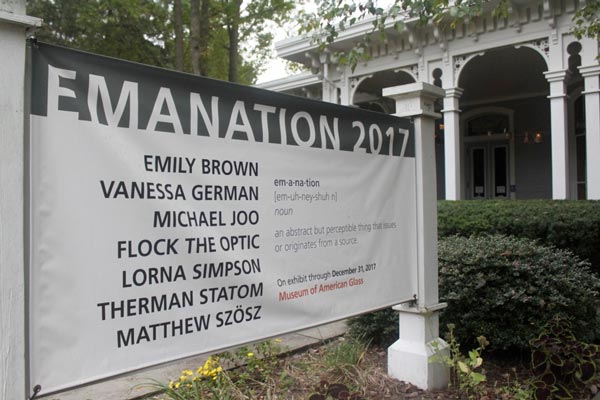
I believe that a BIG human nature defect is how we often take for granted things that deserve more attention. And I want to suggest that, in southern New Jersey, one of those things is Wheaton Arts and Cultural Center in Millville.
You may have heard about their signature events – the Festival of Fine Craft and the Glass Weekend, for example – but do you know that Wheaton also offers a packed schedule of classes, workshops, programs and activities for children and adults, as well as a wide range of opportunities through their Artist Studios and Folklife Program?
Even the physical setting is delightful. A stroll around the grounds – with its 20 picturesque buildings on more than 60 unspoiled acres – is a marvelous experience. And the shopping… you know about the shopping, right?
Then, if all of this weren’t enough, Wheaton also presents special exhibitions in its fabulous Museum of American Glass. It was one of the current exhibitions – “Emanation 2017” – that prompted my most recent visit.
 The website describes “Emanation 2017” as “a contemporary art project that includes artist residencies, educational programs and an exhibition featuring new works developed and created at WheatonArts.”
The website describes “Emanation 2017” as “a contemporary art project that includes artist residencies, educational programs and an exhibition featuring new works developed and created at WheatonArts.”
Developed and created at Wheaton Arts. Hold that thought.
Before going to Wheaton to see the exhibit, I talked on the phone with Kristin Qualls, Director of Exhibitions and Collections. She said that the credit for “Emanation” (this is the second “Emanation” exhibit, with the first held in 2015) goes to Hank Adams, Wheaton’s Glass Studio Creative Director, who came up with the concept “as a natural outlet” for the things regularly done at Wheaton. Those things include (and I paraphrase from the mission statement) engaging both artists and audiences and offering an atmosphere that promotes the “evolving exploration of creativity.”
As we talked, Qualls pointed out the ways in which the dots connected between Wheaton’s philosophy and the artists participating in the exhibit. She told me that each artist brought her/his own vision and ideas. She emphasized the fact that Wheaton is a “place of creativity and learning.”
 Qualls elaborated, remarking about how great it was to watch the artists’ creative minds “take in the Wheaton environment” and “to observe each artist’s approach to working with glass.”
Qualls elaborated, remarking about how great it was to watch the artists’ creative minds “take in the Wheaton environment” and “to observe each artist’s approach to working with glass.”
Right. I get it. Each artist brings something different to the party. I thought I was following along just fine, but – confession time here – I had not really grasped a very important point.
Then, like lightning, it hit me! The curators did not see and assess the artists’ work before choosing them for the exhibit because. In fact, the work did not yet exist. They developed and created (remember?) these new works at WheatonArts.
Wow!
So, I asked, somewhat sheepishly, “How do you go about curating an exhibit without knowing what pieces will be in it?”
That’s somewhat of a challenge, Qualls admitted. “But having the installation and design evolve together with the creative process is one of the most interesting parts of what we are doing.”
Seven artists contributed work to “Emanation 2017”: Emily Brown, Flock the Optic, Vanessa German, Michael Joo, Lorna Simpson, Therman Statom and Matthew Szösz. You can learn about them by clicking here.

When I asked about the selection criteria, Qualls explained that it was more intuitive than formal.
“We looked for a good mix of backgrounds, approaches and techniques,” she said. And, although previous glass experience was not mandatory, Qualls noted that an understanding of the technicalities was important.
“Glass is a different medium,” she said, “and the timeframe [six months from start to exhibition] didn’t allow for a huge learning curve.”
Logistics also came into play. Because the creation of the works was every bit as important as the results, proximity to the Wheaton glass studios was a key factor.
“The studios are open to the public,” Qualls noted, “and we encourage people to visit. So, being able to have the artists on-site was important.”

Even the installation became a part of the project, since much of it was going on during the Museum’s public hours.
Another way “Emanation” spotlights creativity at work is that each artist has an area in the galleries that shows examples of their tools, materials, notes, drawings and short videos they have made.
“What visitors see in these display cases can help them find a connection to the artists,” Qualls told me. “It sparks their creativity.”
And that continuous interaction is at the heart of “Emanation.”
As an avid museum goer, I enjoy being able to see what others create, to appreciate the skill and imagination that goes into the work and to have the experience of sharing an artist’s vision. ‘Emanation” satisfies all of that.
But it is the seamless way in which the process and the work blends that makes “Emanation” an especially full experience. And though I got a good overview from talking with Qualls, after seeing the exhibit, I realized I might have trouble adequately describing it.
That is in part because of the properties of glass as a medium. But, more to the point, the sense of energy and life that exists in the galleries is difficult to put into words.
I’m sure that this outstanding exhibit did not come together without its share of hectic times and moments of uncertainty. But, I am also sure that the elements on which “Emanation” was built – collaboration, creative expression, and cooperative learning – helped everyone to maintain their focus.
“When you have quality artists, you will get quality work,” Qualls said, “and end up with something amazing.”
They certainly did.
“Emanation 2017″ is on view at WheatonArts through December 31. Don’t miss it. And check Wheaton’s calendar to see what else you can do and see when you visit.
One last thing, if there is a guide available when you visit, take the tour. I am very happy that I had docent Nancy Walker shepherding me through the show. Without a doubt, she provided me with information and insights I would have otherwise missed.

About the author: Jersey Girl, music lover, and culture geek – Shen Shellenberger has made a career of her life-long love of the arts. From her jobs at WXPN-FM and the Philadelphia Museum of Art, to her 25 years as a freelance writer, she instills her Jersey-born roots in all she does. Whether it’s the beauty of a classic painting, the dynamics of contemporary dance, or the raw energy of rock ‘n’ roll, Shen brings her perspective to whatever she covers.
Content provided by
Discover Jersey Arts, a project of the ArtPride New Jersey Foundation and New Jersey State Council on the Arts.
FEATURED EVENTS
To narrow results by date range, categories,
or region of New Jersey
click here for our advanced search.

 The website describes “Emanation 2017” as “a contemporary art project that includes artist residencies, educational programs and an exhibition featuring new works developed and created at WheatonArts.”
The website describes “Emanation 2017” as “a contemporary art project that includes artist residencies, educational programs and an exhibition featuring new works developed and created at WheatonArts.” 







